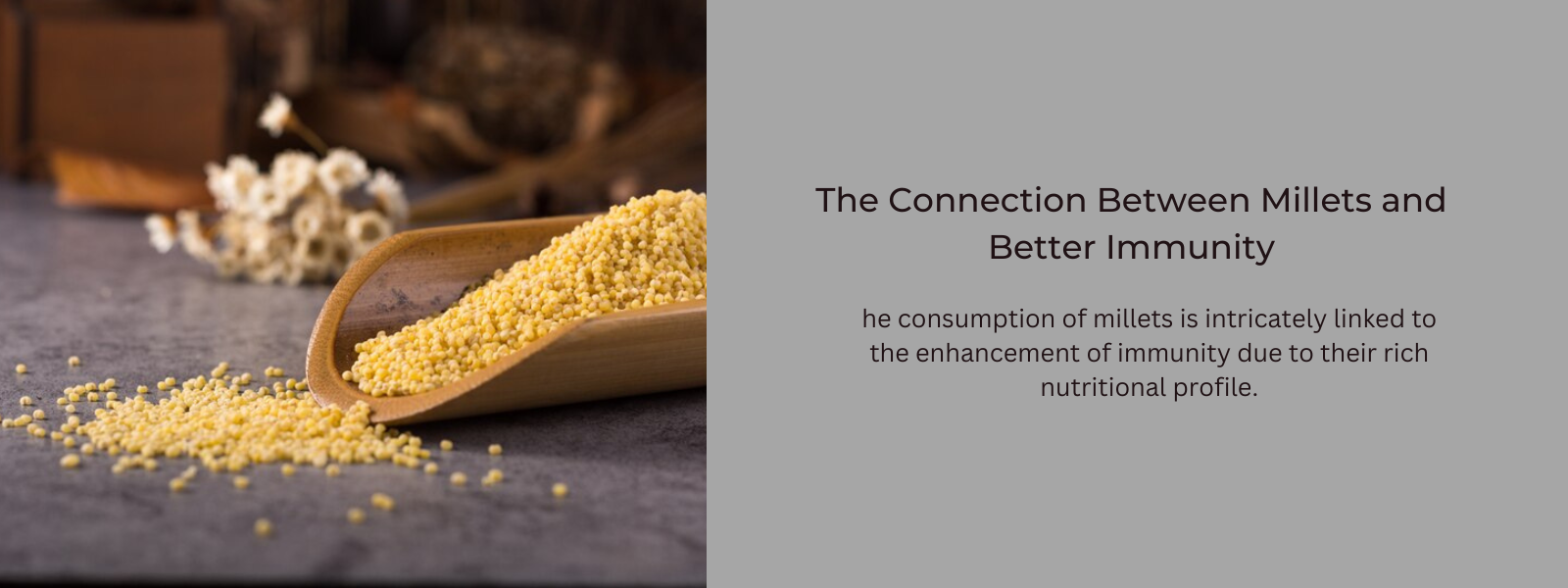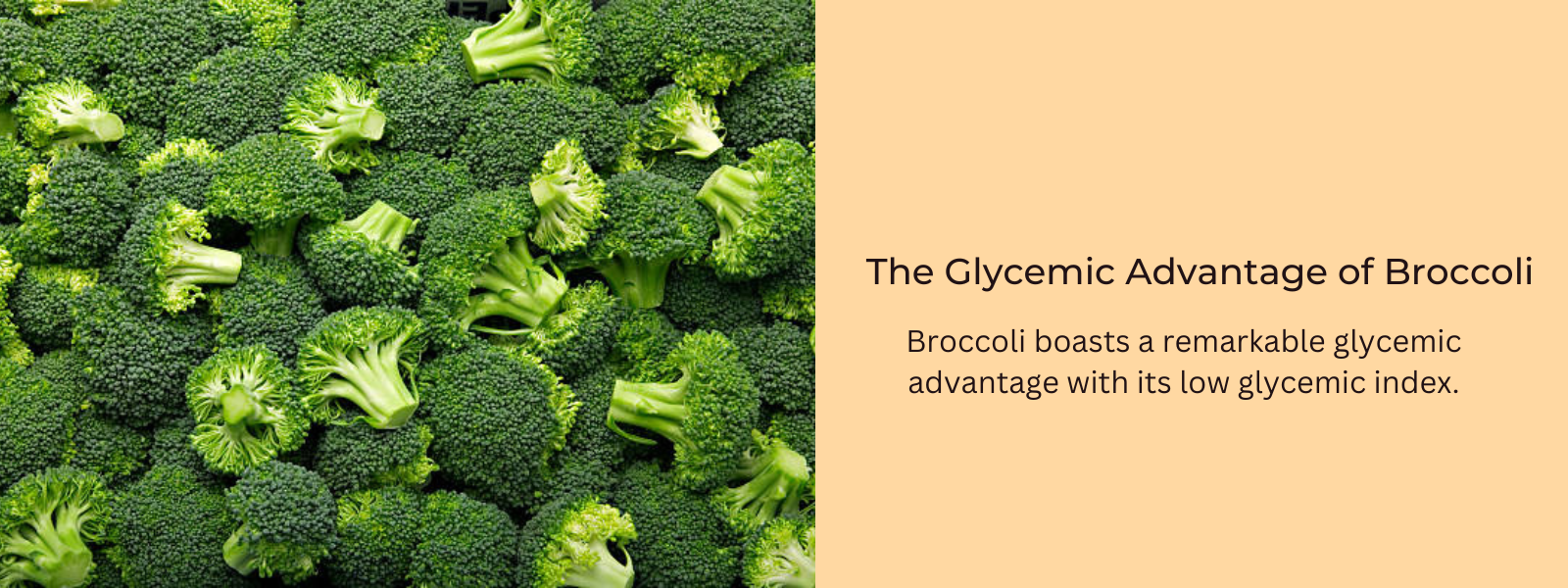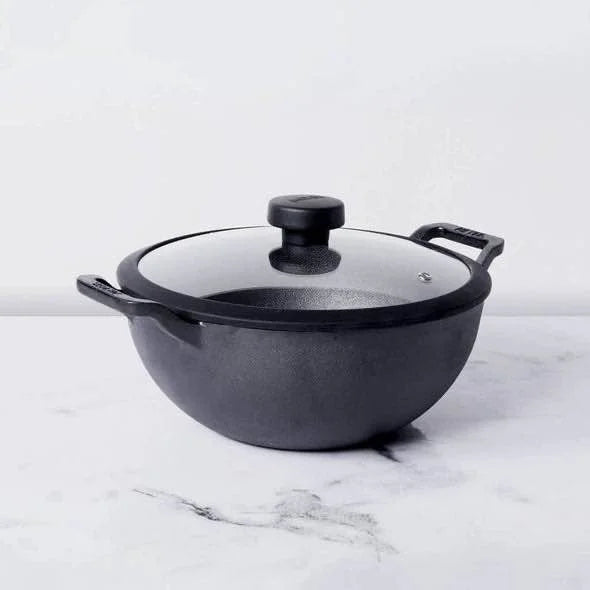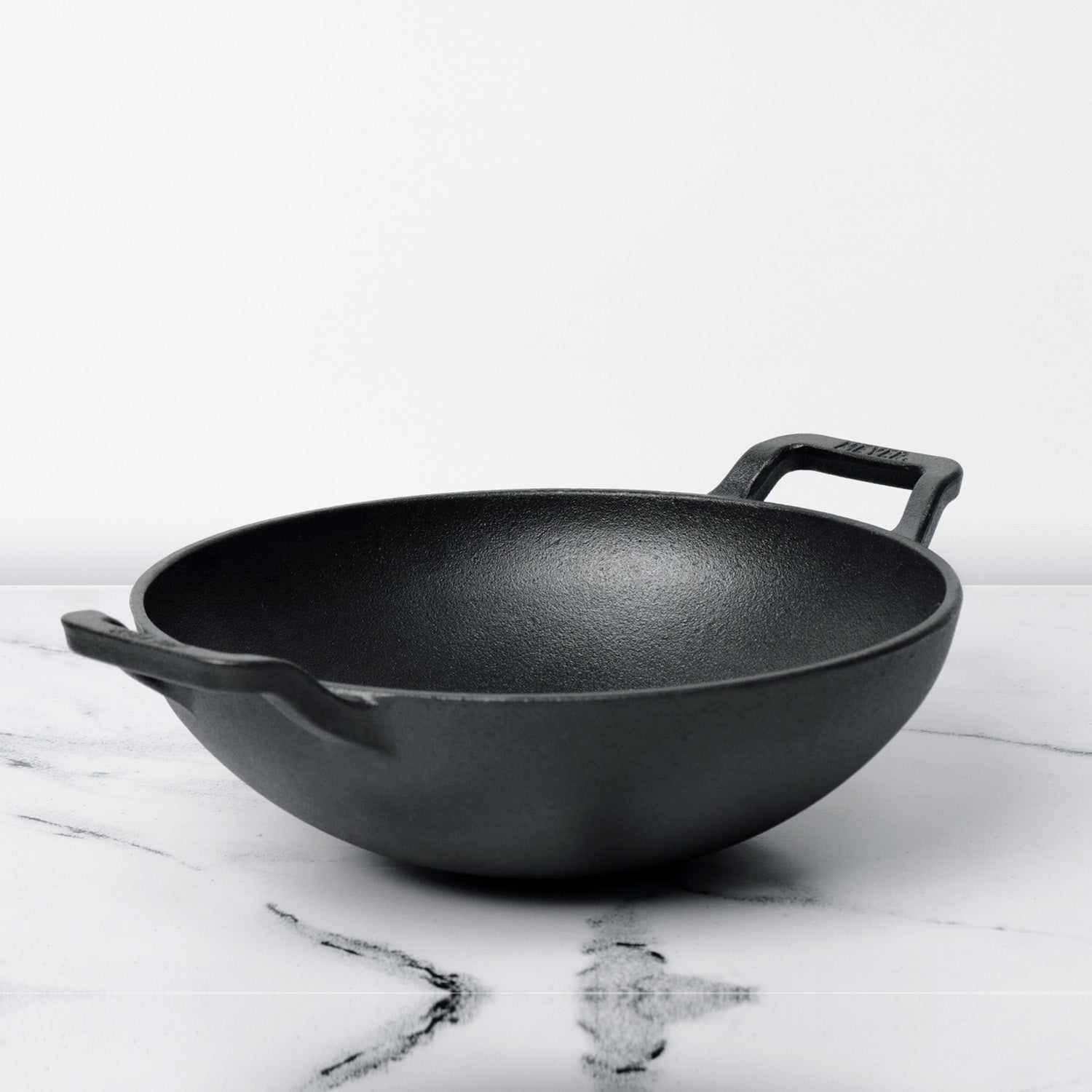Cast iron cookware is beloved by professional chefs and home cooks alike for its exceptional heat retention, durability, and ability to impart rich flavors to food. However, owning cast iron pans comes with the responsibility of proper care and maintenance to ensure they last for generations. One of the most essential steps in cast iron care is seasoning—a process that creates a natural, non-stick surface and prevents the cookware from rusting. Additionally, understanding how to clean and store your cast iron pan is crucial for maintaining its quality.
Let’s explore how to season and care for your cast iron pans so that they remain in peak condition for years to come.
Table of Contents
Seasoning Your Cast Iron Pan
Seasoning is the process of applying oil to the surface of your cast iron pan and heating it to create a non-stick, protective layer. The heat polymerizes the oil, bonding it to the pan and forming a smooth, non-stick surface.
Why Seasoning is Important
- Prevents Rusting: Cast iron is prone to rust, but a well-seasoned surface protects it from moisture.
- Creates a Non-Stick Surface: Over time, seasoning builds up to create a natural, non-stick surface that rivals synthetic coatings, making cooking and cleaning easier.
- Improves Durability: Regular seasoning makes your cast iron stronger, extending its lifespan.
How to Properly Season Your Cast Iron Pan
Here’s a step-by-step guide to seasoning your cast iron pan:
- Clean the Pan:
- If your pan is new or needs re-seasoning, scrub it thoroughly with hot water and a mild dish soap using a stiff brush or sponge. Dry it completely with a towel, or place it on low heat on the stovetop to ensure all moisture is gone.
- Apply a Thin Layer of Oil:
- Once the pan is clean and dry, apply a thin layer of oil to the surface. Use a high smoke-point oil like vegetable oil, canola oil, or flaxseed oil. Rub the oil all over the pan, including the bottom and handle, then use a paper towel to remove excess oil. The pan should look shiny but not greasy.
- Bake the Pan:
- Place the oiled pan upside down in a preheated oven at 450°F to 500°F (232°C to 260°C). Place a baking sheet or foil underneath to catch any drips. Bake for one hour. The high heat will bond the oil to the surface of the cast iron, creating a non-stick coating.
- Let It Cool:
- After an hour, turn off the oven and allow the pan to cool inside the oven. This gradual cooling process helps the seasoning set properly.
- Repeat If Necessary:
- For a new cast iron pan, you may need to repeat the seasoning process a couple of times to build up a solid base of seasoning. Over time, regular use and occasional re-seasoning will maintain this protective layer.
Caring for Your Cast Iron Pan
Seasoning your cast iron pan is just the beginning—proper care is essential to preserve the non-stick surface and ensure the longevity of your cookware.
Cleaning Your Cast Iron Pan
Cleaning your cast iron pan after each use is critical, but it’s important to follow specific guidelines to avoid stripping the seasoning.
- Avoid Using Soap: Generally, avoid using dish soap on your cast iron as it can strip the seasoning. Instead, clean your pan with warm water and a stiff brush or sponge. If food is stuck, you can use kosher salt as a gentle abrasive.
- Dry Immediately: After washing, dry your pan immediately with a towel to prevent rusting. For extra assurance, place the pan on low heat on the stovetop for a few minutes to evaporate any remaining moisture.
- Reapply Oil After Cleaning: Once dry, rub a light layer of oil over the surface of the pan to restore the protective coating. Wipe away any excess oil with a paper towel, so the pan doesn’t feel sticky.
Storing Your Cast Iron Pan
Proper storage is important to prevent rust and damage to your cast iron pan.
- Store in a Dry Place: Always store your cast iron in a dry environment to avoid moisture, which can cause rust. If stacking multiple cast iron pans, place a paper towel between them to absorb moisture and prevent scratching.
- Keep It Lightly Oiled: Before storing, it’s a good idea to lightly oil the surface after cleaning. This helps maintain the seasoning and keeps your pan ready for its next use.
Troubleshooting Common Cast Iron Issues
While cast iron pans are known for their durability, they do require special care to avoid common issues such as rust or sticky surfaces.
Dealing with Rust
If your pan starts to develop rust, don’t panic—this is fixable with a little effort.
- Remove Rust: Scrub the rusted area with steel wool until the rust is completely gone. Then, clean the pan thoroughly and re-season it by following the steps above.
- Prevent Rust: To prevent rust from recurring, always dry your pan immediately after cleaning and keep it lightly oiled.
Fixing Sticky or Gummy Surfaces
A sticky surface often occurs when too much oil is applied during seasoning or when the oil isn’t heated long enough to fully bond with the cast iron.
- Remove Sticky Layer: If the surface is sticky, scrub the pan with warm, soapy water to remove excess oil and start the seasoning process again, making sure to use only a thin layer of oil.
- Season Correctly: When seasoning, remember that less is more. A thin layer of oil is all you need to create a smooth, non-stick surface.
Why Meyer Offers the Best Pre-Seasoned Cast Iron Cookware
Meyer makes cooking with cast iron even more convenient by offering pre-seasoned cast iron cookware that’s ready to use right out of the box. Here’s why Meyer’s pre-seasoned cast iron cookware is exceptional:
- Pre-Seasoned for Convenience: Meyer’s cast iron cookware comes pre-seasoned with natural oils, so you can start cooking immediately without the need for an initial seasoning process.
- Non-Stick Performance: The pre-seasoning creates a natural, non-stick surface that improves with regular use, making it easier to cook everything from meats to delicate foods like eggs.
- Durability and Strength: Meyer’s cast iron cookware is built to last, with thick walls that retain heat for long periods, ensuring even cooking and excellent heat distribution.
- Versatile for All Cooking Methods: Whether you’re using a stovetop, oven, grill, or campfire, Meyer’s cast iron cookware performs flawlessly. Its ability to withstand high heat makes it ideal for everything from searing steaks to baking bread.
- Safe and Chemical-Free: Unlike non-stick cookware with synthetic coatings, Meyer’s cast iron pans are completely natural and free from harmful chemicals. The pre-seasoned surface is created using 100% natural oils, providing peace of mind for health-conscious cooks.
Conclusion
Taking proper care of your cast iron cookware is essential for maximizing its lifespan and ensuring it delivers top-notch performance for years. With regular seasoning, gentle cleaning, and mindful storage, your cast iron pan will become a beloved kitchen companion, known for its ability to enhance the flavor and texture of your dishes.
Meyer’s pre-seasoned cast iron cookware offers the ultimate convenience and performance, allowing you to enjoy the benefits of cast iron cooking without the hassle of initial seasoning. Whether you’re a beginner or a seasoned chef, Meyer’s cast iron cookware makes cooking an incredible experience, combining durability, versatility, and ease of use for every cooking task.













Leave a comment